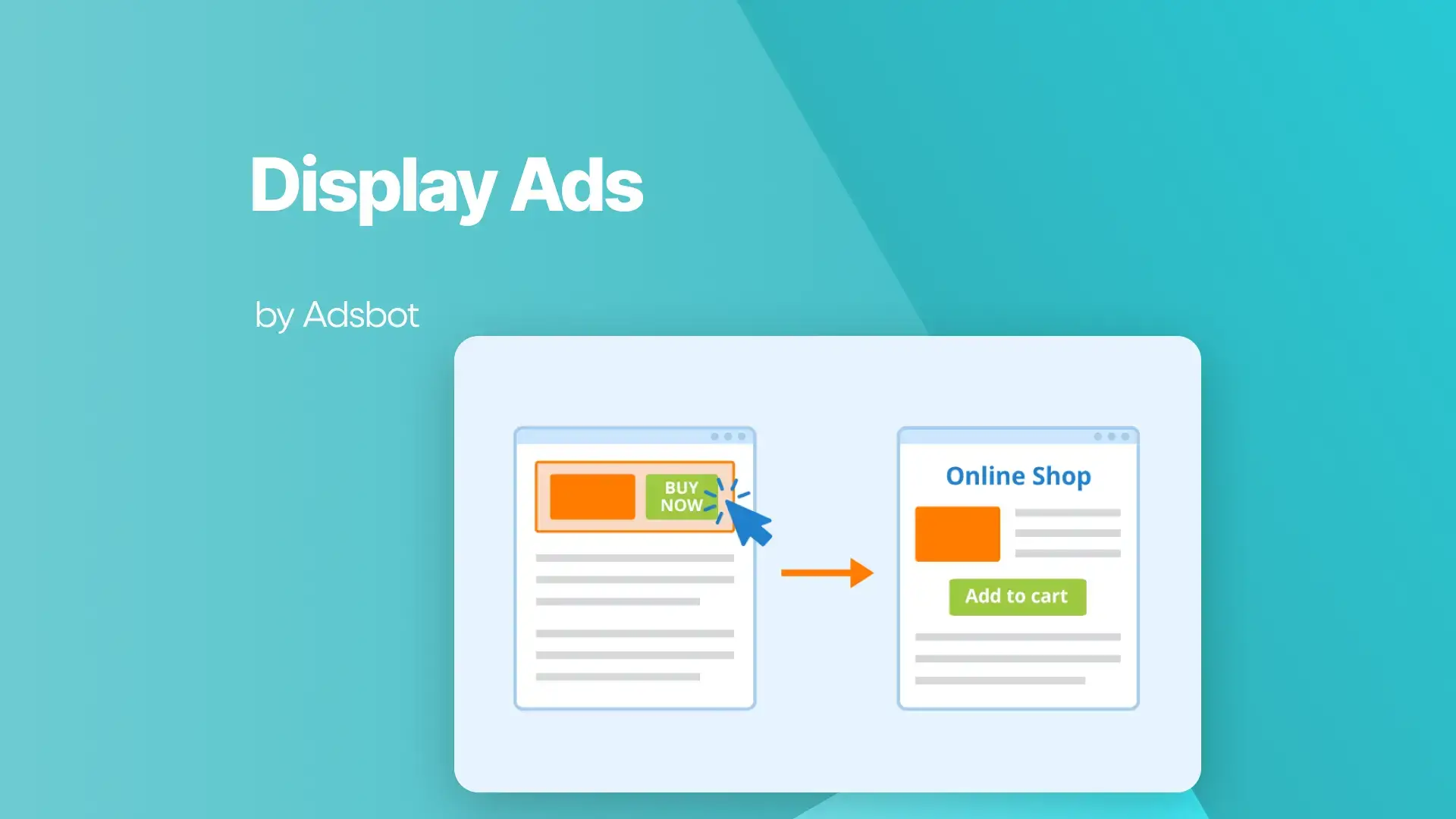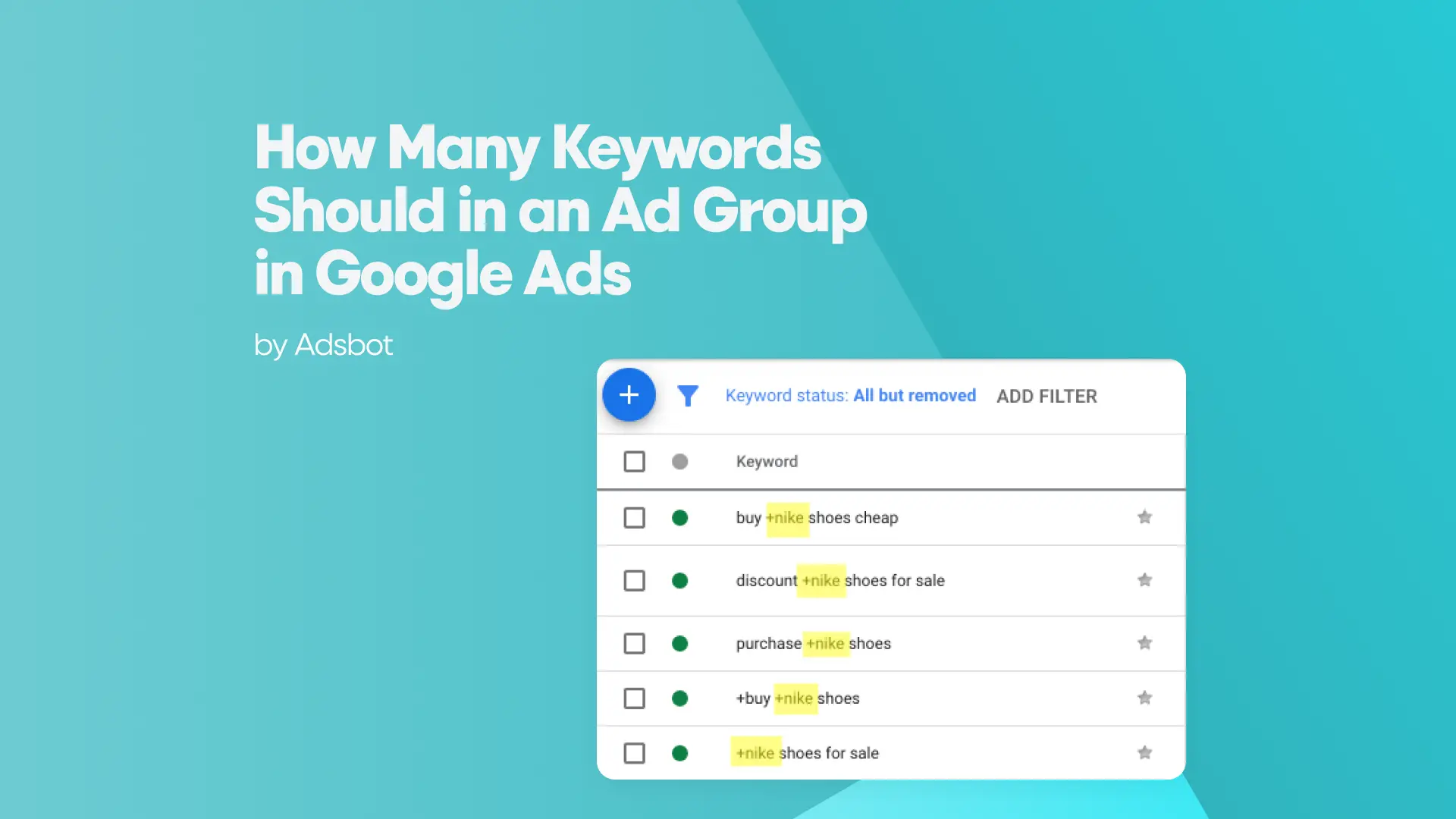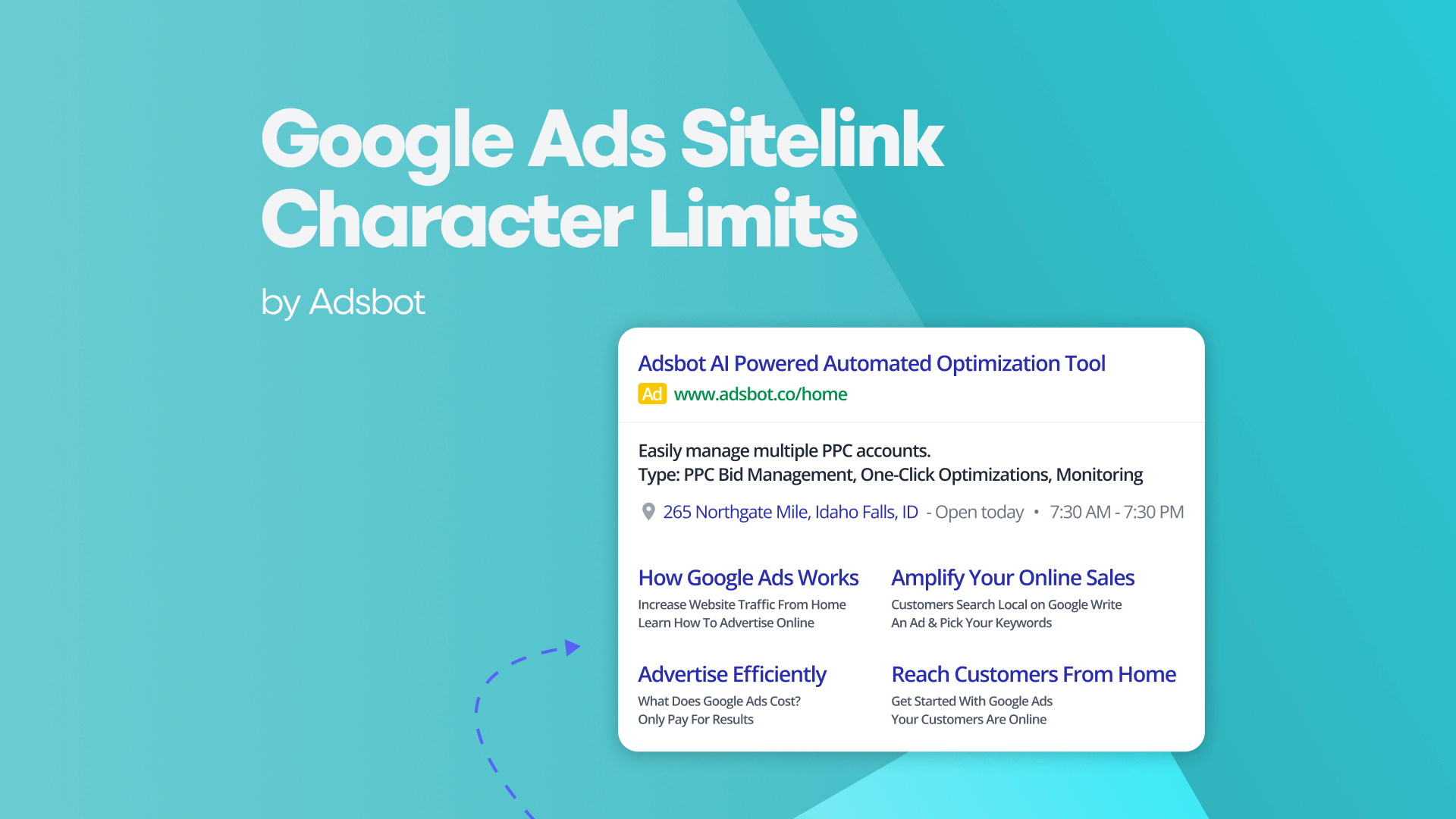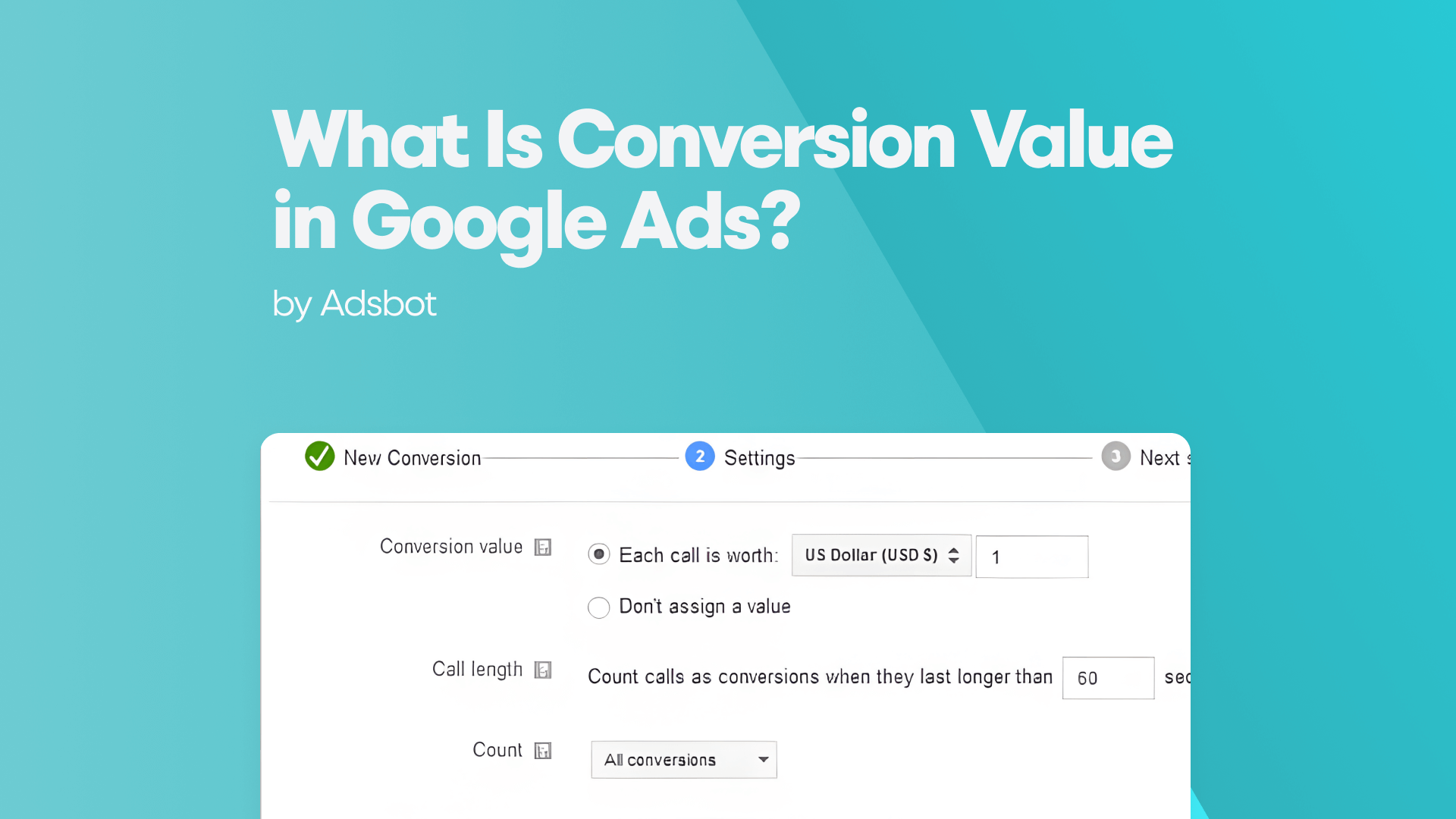Display ads stand out as one of the most powerful tools for capturing attention, driving brand awareness, and converting prospects into customers. Whether you’re a seasoned marketer or a business owner exploring new advertising avenues, understanding how display ads work and how to leverage them effectively can transform your marketing strategy.
Imagine reaching thousands of potential customers across websites, apps, and social platforms with visually compelling ads tailored to their interests. That’s the promise of display advertising. But how do you cut through the noise? What types of display ads deliver the best results? And how can you ensure your ads reach the right audience at the right time? This guide dives deep into the world of display ads, breaking down their mechanics, benefits, targeting strategies, and best practices to help you maximize your return on investment (ROI). By the end, you’ll not only grasp the fundamentals but also gain actionable insights to launch high-performing campaigns that drive real business growth.
What Are Display Ads and How Do They Work?
Display ads are a form of online advertising that combines visual elements such as images, videos, animations, and text to promote products, services, or brands across a vast network of websites, mobile apps, and social media platforms. Unlike text-based search ads, which appear only when users actively query specific keywords, display ads are proactively served to audiences based on their browsing behavior, demographics, interests, or past interactions with a brand. This makes them an invaluable tool for brand awareness, retargeting, and lead generation. The mechanics behind display ads rely on a sophisticated ecosystem involving advertisers, publishers, ad networks, and demand-side platforms (DSPs). When a user visits a website or app that participates in an ad network (like Google Display Network or Facebook Audience Network), an auction occurs in real-time to determine which ad to display. Factors such as bid amount, ad relevance, and user data influence this decision, ensuring the most pertinent ad wins the placement. Programmatic advertising further automates this process, using algorithms to buy and place ads in milliseconds, optimizing for performance and cost-efficiency.
At their core, display ads operate on a cost-per-thousand-impressions (CPM) or cost-per-click (CPC) model, allowing advertisers to pay only when their ad is viewed or clicked. Advanced targeting options such as contextual targeting (matching ads to relevant content), behavioral targeting (based on user actions), and remarketing (re-engaging past visitors) enable precision in reaching the ideal audience. For example, a fitness brand might display ads for protein supplements on health blogs or to users who recently searched for workout routines. The versatility of display ads extends beyond traditional banners; they can appear as native ads (blending seamlessly with content), interstitial ads (full-screen pop-ups), or rich media ads (interactive elements like games or videos). This adaptability makes them suitable for virtually any marketing objective, from driving website traffic to boosting sales during a promotional period.
The Different Types of Display Ads
Banner ads, the most recognizable type, come in standard sizes like leaderboards (728×90) or skyscrapers (160×600) and are typically placed at the top, bottom, or sides of web pages. While they’re ubiquitous, their effectiveness hinges on eye-catching design and concise messaging, as users often suffer from “banner blindness” due to over-exposure. Other types of display ads include:
- Rich media ads elevate engagement by incorporating interactive elements such as hover effects, embedded videos, or expandable panels that invite users to explore further. These ads are particularly effective for storytelling and product demonstrations, as they allow brands to create immersive experiences without redirecting users away from the page. For instance, a car manufacturer might use a rich media ad to let users customize a vehicle’s color and features in real-time, significantly increasing time spent and conversion likelihood.
- Beyond static and interactive formats, video display ads have surged in popularity, leveraging the power of motion and sound to convey messages quickly and memorably. Platforms like YouTube and social media feeds prioritize video content, making this format ideal for brand storytelling and emotional connections.
- Meanwhile, native ads integrate seamlessly into the user experience by mimicking the look and feel of the surrounding content, reducing ad fatigue and improving click-through rates (CTRs). A sponsored article on a news site or a promoted post on Instagram exemplifies native advertising, blending promotion with organic content.
- Interstitial ads take a more assertive approach, appearing as full-screen overlays between content transitions, such as during app loading screens or between game levels. While they command attention, their intrusive nature requires careful frequency capping to avoid frustrating users.
Lastly, dynamic display ads use real-time data to personalize content for each viewer, such as showcasing products a user previously viewed or abandoned in their cart. This hyper-relevance drives higher conversion rates, making dynamic ads a cornerstone of retargeting campaigns.
Key Benefits of Using Display Advertising
Display advertising offers a multitude of advantages that extend far beyond traditional marketing channels, making it a cornerstone of modern digital strategies. One of the most compelling benefits is its unparalleled reach, as display ads can appear across millions of websites, apps, and platforms within networks like Google Display Network (GDN) or Microsoft Audience Network. This vast exposure ensures brands can connect with audiences at every stage of the buyer’s journey, from initial awareness to final purchase. Unlike search ads, which rely on users actively seeking solutions, display ads proactively introduce brands to potential customers, even when they aren’t actively searching. This passive engagement is particularly valuable for top-of-funnel marketing, where the goal is to plant seeds of interest that later blossom into conversions. Additionally, the visual nature of display ads combining images, videos, and animations enhances memorability and emotional resonance, making them far more effective than text-only ads at conveying brand personality and value propositions.
Another standout advantage is the granular targeting capabilities that display advertising provides. Advertisers can leverage demographic data (age, gender, location), interest-based targeting (hobbies, purchase intent), contextual targeting (placing ads on relevant content), and remarketing lists to ensure their messages reach the most receptive audiences. For example, a luxury watch brand can target high-income professionals who frequently visit finance or lifestyle websites, while a toy company might focus on parents browsing parenting blogs. This precision reduces wasted ad spend and improves ROI by focusing budgets on high-potential leads. Display ads also excel in brand recall and recognition; studies show that users exposed to display ads are 70% more likely to remember the brand compared to those who aren’t. Furthermore, the flexibility in pricing models, whether CPM (cost per thousand impressions), CPC (cost per click), or CPA (cost per acquisition), allows businesses of all sizes to tailor campaigns to their budgets and goals. Finally, the measurable nature of digital display ads provides real-time analytics on impressions, clicks, conversions, and even post-view actions, enabling data-driven optimizations that continuously improve performance.
How to Target the Right Audience with Display Ads
Leveraging first-party data such as customer emails, past purchase behavior, and website interactions is the most effective way to target the right audience with display ads, as it allows you to create highly personalized campaigns for users who already know your brand. By uploading customer lists to platforms like Google Ads or Facebook Ads Manager, you can serve tailored ads to existing customers (e.g., upselling complementary products) or re-engage cart abandoners with dynamic ads showcasing the exact items they left behind. This strategy not only boosts conversion rates but also strengthens customer loyalty by demonstrating attentiveness to individual needs. Other key factors include:
- Demographic Targeting: Narrow your audience by age, gender, income level, or parental status to align with your ideal customer profile. For example, a skincare brand might target women aged 25–45 with disposable income, while a gaming app could focus on males aged 18–34.
- Interest and Affinity Audiences: Platforms like Google and Facebook categorize users based on their online behavior, allowing you to target groups with demonstrated interests in topics related to your product. A fitness app could target users interested in “home workouts” or “weight loss.”
- Contextual Targeting: Place ads on websites or apps whose content aligns with your offering. A travel agency, for instance, might display ads on blog posts about “best vacation destinations” or “budget travel tips.”
- Lookalike Audiences: Use AI-driven tools to find new users who share characteristics with your existing high-value customers. This expands your reach while maintaining relevance, as the algorithm identifies patterns in behavior and demographics.
- Geotargeting and Localization: Tailor ads based on a user’s location, language, or even weather conditions. A restaurant chain could promote lunch specials to users within a 5-mile radius during peak hours, while an e-commerce store might adjust ad copy for regional holidays or events.
The key to successful targeting lies in layering these strategies to create a refined audience segment. For instance, combining remarketing lists with lookalike audiences ensures you’re not only re-engaging past visitors but also attracting similar high-potential prospects. Regularly analyze performance metrics, such as click-through rates (CTR), conversion rates, and cost per acquisition (CPA), to identify which segments deliver the best results. A/B test different targeting combinations and ad creatives to uncover what resonates most with your audience, and don’t hesitate to exclude underperforming segments to optimize your budget. Remember, the goal isn’t just to reach more people but to reach the right people with the right message at the right time.
Popular Display Ad Formats and Sizes
The 300×250 medium rectangle is the most universally effective display ad size, striking a balance between visibility and non-intrusiveness, which makes it ideal for both desktop and mobile placements across a wide range of websites. Its compact yet noticeable dimensions allow it to fit seamlessly into sidebars, within content, or below headers, ensuring high viewability without disrupting the user experience. Studies show that this format consistently achieves higher click-through rates (CTRs) compared to larger, more obtrusive ads, as it blends naturally into the page layout while still capturing attention.
Other key display ad formats and sizes include:
- 728×90 Leaderboard: A horizontal banner typically placed at the top of a webpage, offering broad visibility but requiring compelling visuals to stand out amid competing content. Best for brand awareness campaigns due to its prominent placement.
- 160×600 Skyscraper: A vertical ad that runs along the side of a page, providing ample space for detailed messaging or eye-catching graphics. Works well for retargeting, as it remains visible as users scroll.
- 300×600 Half-Page Ad: A larger, more immersive format that dominates the sidebar, often used for high-impact campaigns with rich media elements like videos or interactive carousels.
- 320×50 Mobile Banner: Optimized for mobile devices, this size fits snugly within app interfaces or mobile web pages, ensuring compatibility with smaller screens while maintaining readability.
- 970×250 Billboard: A premium, wide-format ad that spans the top of a page, offering maximum exposure for brand storytelling or promotional offers. Often used by luxury brands or major product launches.
Selecting the right ad format depends on your campaign goals, target audience, and placement context. For brand awareness, larger formats like billboards or half-page ads maximize visibility, while performance-driven campaigns (e.g., lead generation) may benefit from the higher engagement rates of medium rectangles or mobile banners. Always adhere to the Interactive Advertising Bureau (IAB)’s standard ad sizes to ensure compatibility across publishers and ad networks. Additionally, responsive display ads, which automatically adjust size, appearance, and format to fit available ad spaces, can simplify campaign management while maintaining performance.
Popular Posts
-
How Many Keywords Should Be In an Ad Group in Google Ads?
Ever wondered if your Google Ads campaigns are packed with…
Read more -
Google Ads Script for Dummies: An Introduction
Imagine you have an e-commerce website that sells licensed superhero…
Read more -
Google Ads Sitelink Character Limits
Your Google Ads are cutting off in the middle of…
Read more -
What Is Conversion Value in Google Ads?
What if you could put a price tag on every…
Read more
Register for our Free 14-day Trial now!
No credit card required, cancel anytime.





